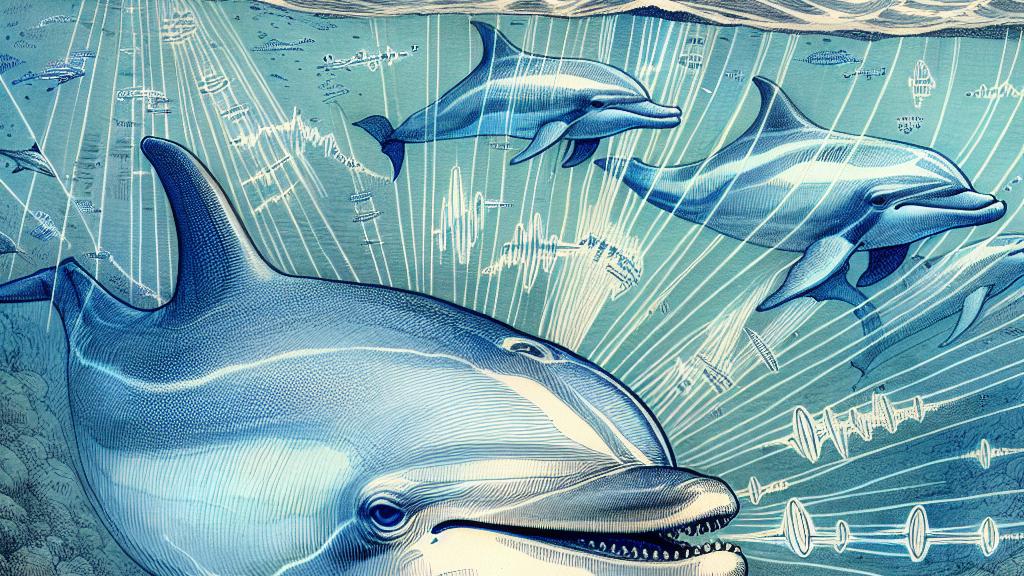How Signature Whistles Help Track Dolphin Numbers
Overview
- Bottlenose dolphins are remarkable creatures, renowned for their unique signature whistles that help scientists track their populations.
- This innovative acoustic method is not only efficient but also dramatically reduces the need for resource-intensive photo identification.
- Understanding dolphin populations is crucial for developing effective conservation strategies that protect these intelligent marine mammals.

Unraveling Dolphin Communication
In the breathtaking waters off Northumberland, UK, researchers from Newcastle University have uncovered an incredible secret about bottlenose dolphins and their unique signature whistles. These whistles serve as a kind of personal identification, much like how we use names. Each dolphin has its own distinctive sound, which they use to communicate with one another. Picture hearing a dolphin call out its name in the waves! Instead of laboriously trying to photograph every individual dolphin during boat surveys—a method that can take ages and often yields incomplete results—scientists can now simply listen to these fascinating calls. This shift not only makes tracking dolphin populations a breeze but also opens up exciting avenues for understanding their social dynamics!
The Power of Acoustic Monitoring
Dr. Matt Sharpe, one of the brilliant minds behind this research, emphasizes the numerous advantages of tracking dolphins through their signature whistles. Traditional methods, like photo identification, require extensive human resources, as dedicated teams spend hours at sea trying to snap pictures of individual dolphins. In contrast, using acoustic monitoring, the researchers recorded an astonishing 5,771 hours of sounds from dolphin communities! With this data, they arrived at population estimates with surprising accuracy. Imagine dashing at full speed while excitedly clicking your camera—yet never quite managing to capture everyone. Instead, you could simply listen and understand who’s who in the dolphin world. This novel approach not only streamlines data collection but also allows researchers to study dolphins in a less invasive, more sustainable manner.
A Ripple Effect on Conservation
The insights gained from studying signature whistles have far-reaching implications for dolphin conservation. It was discovered that nearly 30% of the entire East Coast bottlenose dolphin population gathers around Northumberland during the summer months. This revelation underscores the region's importance as a critical habitat for these intelligent creatures. Armed with knowledge about where dolphins congregate and how they interact, conservationists can devise targeted strategies to shield them from pressing threats like pollution and habitat degradation. For instance, if researchers observe shifts in population dynamics through whistle patterns, this can signal potential environmental stress, prompting timely conservation interventions. Thus, exploring the enchanting world of dolphin communication not only elevates our understanding of these incredible animals but also reinforces our moral obligation to protect their home in the vast ocean.

Loading...